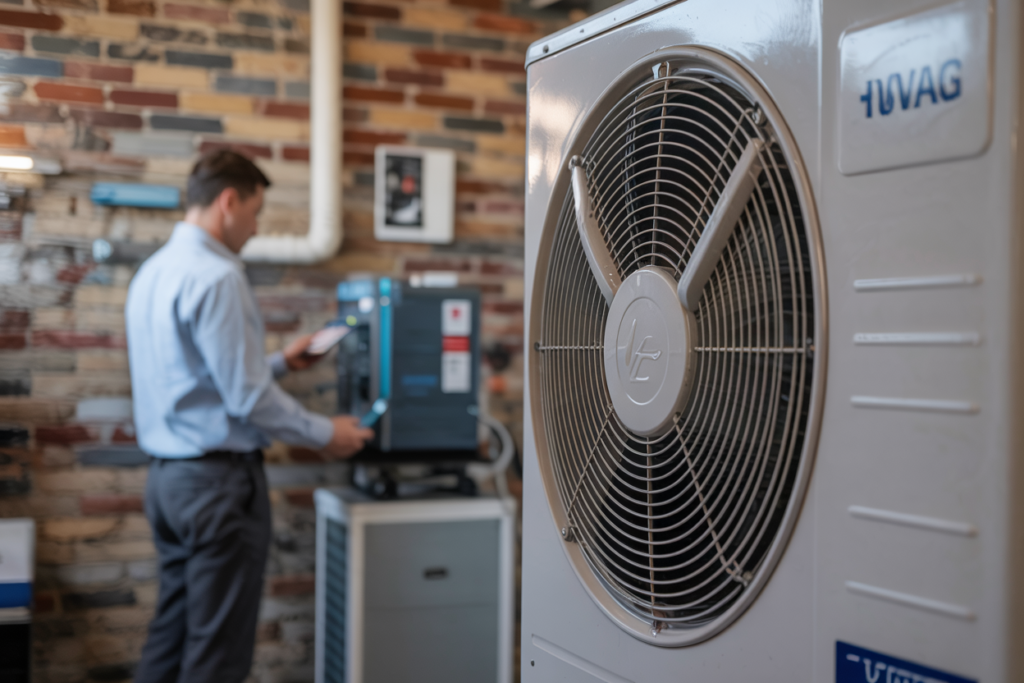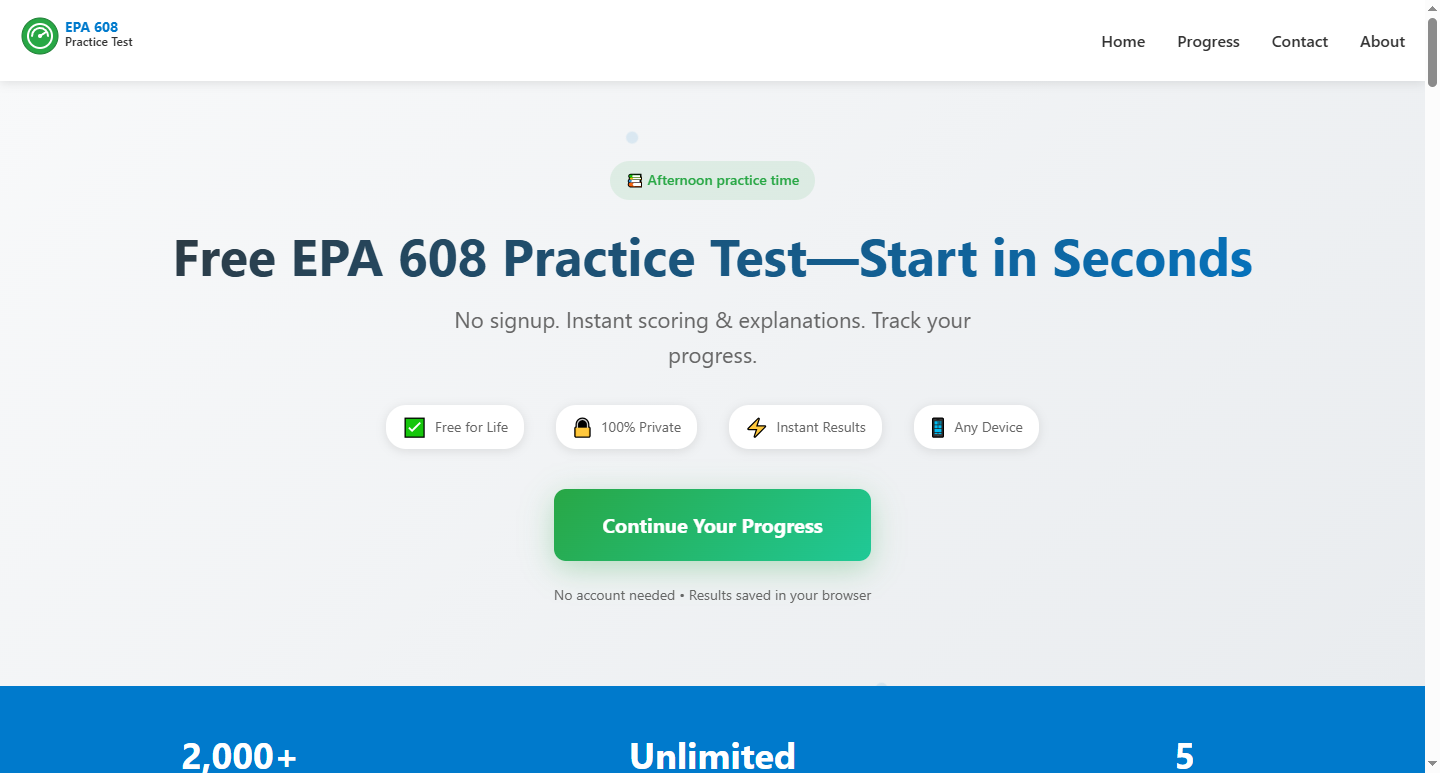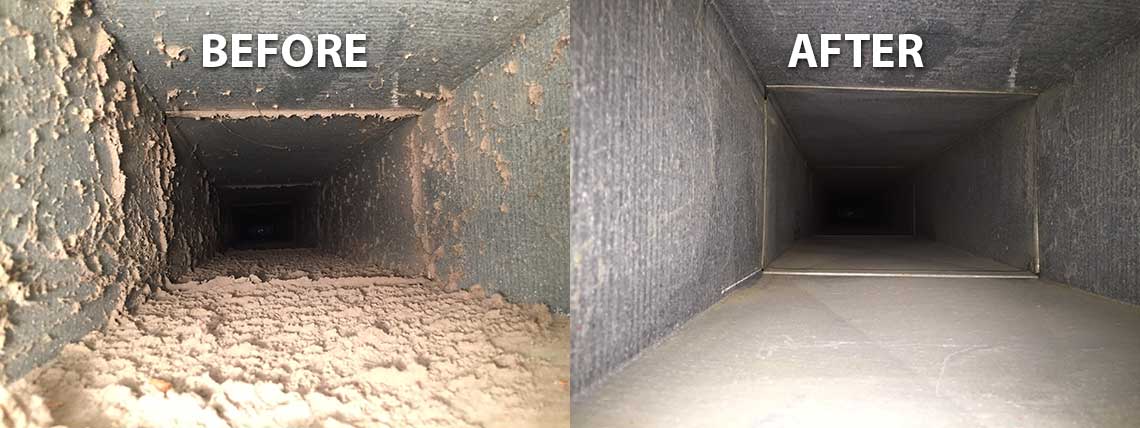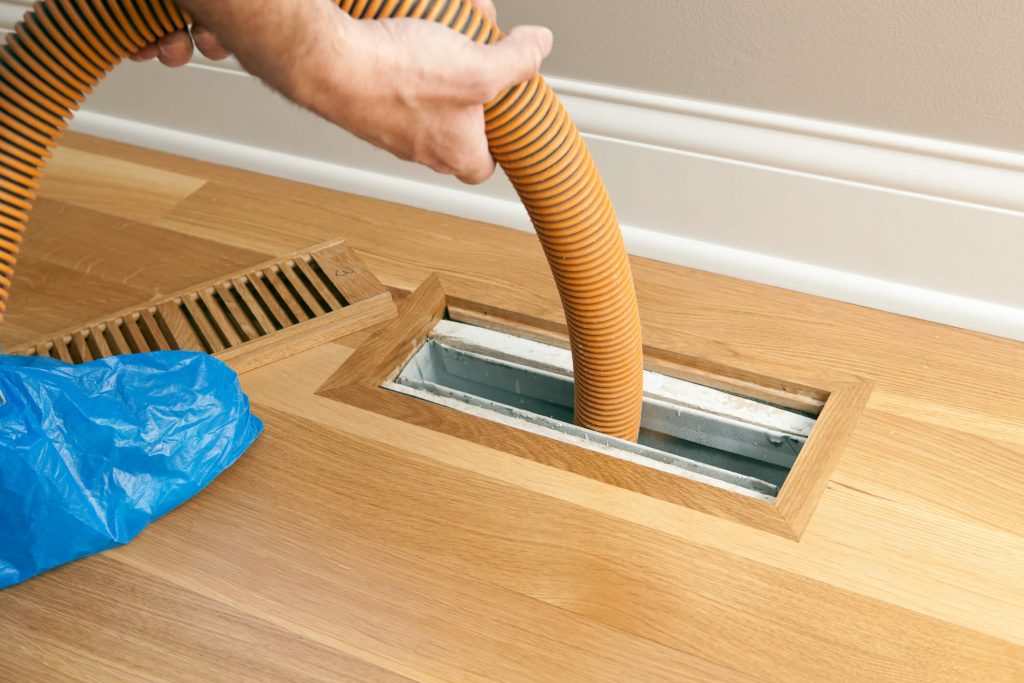Why 73% of HVAC Technicians Fail the EPA 608 Universal Exam on Their First Try (And How to Avoid These 7 Critical Mistakes)
As an HVAC business owner for over 15 years, I’ve seen countless talented technicians struggle with one seemingly simple hurdle: passing the EPA 608 Universal certification exam.
Despite being skilled on the job, many of my best techs have walked out of testing centers dejected, having failed their first attempt at this crucial certification.
This failure rate isn’t just a personal setback for technicians—it’s a business problem. When half my crew needs multiple attempts to get certified, it delays projects, increases training costs, and frankly, hurts morale.
After watching this pattern repeat for years, I decided to dig deeper into why so many competent technicians struggle with this exam.
The Real Cost of EPA 608 Failure
Before we dive into the mistakes, let’s talk about what’s really at stake here. When a technician fails their EPA 608 exam, it’s not just the $60-80 retest fee.
There’s the lost wages from time off work, the blow to confidence, and for business owners like me, the operational delays.
I remember one of my senior techs, Mike, who had 10 years of experience but failed his Universal exam twice. He was so frustrated he considered leaving the HVAC field entirely.
That’s when I realized we needed to approach EPA 608 preparation differently.
The 7 Critical Mistakes That Cause EPA 608 Failures
Mistake #1: Not Using Quality Practice Resources
Here’s the biggest mistake I see: technicians study theory but never practice with realistic exam questions. Reading about refrigerant recovery is different from answering tricky questions about recovery procedures under specific conditions.
The most successful technicians I’ve worked with used comprehensive practice tests that mirror the actual exam format.
You can use this site to practice your HVAC knowledge before the test—it’s free, easy, and accessible anytime, anywhere.
Mistake #2: Relying on Outdated Study Materials
The EPA regulations and refrigerant landscape change regularly. I caught one of my technicians studying with materials from 2018 that still referenced R-22 phase-out timelines that had already passed. Using outdated information is worse than not studying at all because it actively teaches incorrect answers.
Always verify your study materials are current. The EPA updates regulations, and new refrigerants enter the market regularly. What was correct two years ago might be completely wrong today.
Mistake #3: Not Understanding the Question Pool Strategy
Here’s something most technicians don’t realize: the EPA 608 exam pulls questions from a pool of approximately 350 questions. The exam software randomly selects 100 questions (25 from each section), which means your test will be different from the person sitting next to you.
Many study guides only cover 50-75 potential topics, leaving huge gaps in preparation. Successful technicians study comprehensively, understanding that they can’t predict which specific questions they’ll encounter.
Mistake #4: Neglecting the Core Section
I’ve noticed technicians often rush through Core section preparation, assuming it’s “just theory.” This is a massive mistake. The Core section covers fundamental concepts that appear throughout the entire exam. If you don’t understand ozone depletion, refrigerant classification, and recovery principles, you’ll struggle in all sections.
The Core section isn’t separate from the technical work—it’s the foundation everything else builds on. Spend extra time here, even if you think you know the basics.
Mistake #5: Confusion Between Certification Types
The EPA 608 certification system is more complex than many realize. Type I covers small appliances (under 5 pounds of refrigerant), Type II handles high-pressure systems, and Type III focuses on low-pressure applications. The Universal certification tests all three areas.
I’ve seen technicians who work exclusively on residential AC units struggle with Type III questions about chillers, simply because they never encounter that equipment. But the Universal exam tests everything, regardless of your daily experience.
Mistake #6: Poor Multiple-Choice Test Strategy
This might sound basic, but many experienced technicians haven’t taken a formal exam in years. They approach the EPA 608 like a troubleshooting call, overthinking questions and second-guessing themselves.
Multiple-choice exams reward specific strategies: eliminate obviously wrong answers, look for qualifying words like “always” or “never,” and trust your first instinct. These aren’t HVAC skills—they’re test-taking skills, and they matter.
Mistake #7: Underestimating the 70% Minimum Requirement
Many technicians assume that getting 60-65% correct is “close enough.” Wrong. The EPA 608 Universal exam requires a minimum of 70% in each section: Core, Type I, Type II, and Type III. You can’t compensate for a weak section by excelling in another.
I’ve seen techs score 85% on three sections but fail because they got 68% on Type II. The exam doesn’t average your scores—each section is pass/fail independently. This means you need consistent knowledge across all areas, not just expertise in your daily work focus.
The Solution: A Systematic Approach to EPA 608 Success
Based on what I’ve learned managing technician certifications, here’s the approach that works:
Week 1-2: Foundation Building Start with comprehensive study materials covering all four sections. Don’t skip topics that seem irrelevant to your current work—the Universal exam tests everything.
Week 3: Practice Integration Begin taking practice exams to identify weak areas. Focus additional study time on sections where you’re scoring below 75% (giving yourself a buffer above the 70% requirement).
Week 4: Test Simulation Take full-length practice exams under timed conditions. This builds stamina and familiarity with the question format.
Beyond Certification: Building Stronger Technicians
The EPA 608 certification isn’t just a regulatory requirement—it’s an opportunity to build more knowledgeable, confident technicians. When my team properly prepares for this exam, they don’t just pass; they become better at their jobs.
Understanding refrigerant properties, environmental impacts, and proper handling procedures makes technicians more professional and capable. Customers notice when a tech can explain why certain procedures matter for environmental protection.
Investment in Success
Investing in proper EPA 608 preparation isn’t just about passing an exam; it’s about building a more capable, confident workforce. When technicians understand the reasoning behind regulations and proper procedures, they work more efficiently and professionally.
Remember, a certified technician isn’t just compliant—they’re more valuable, more confident, and ultimately more profitable for your business. Make the investment in proper preparation, and watch your team’s success rate soar.
…




